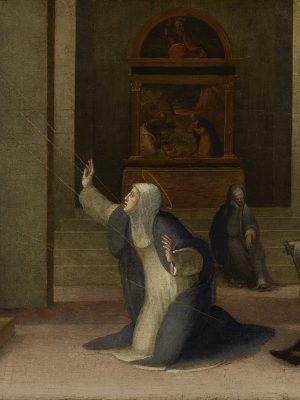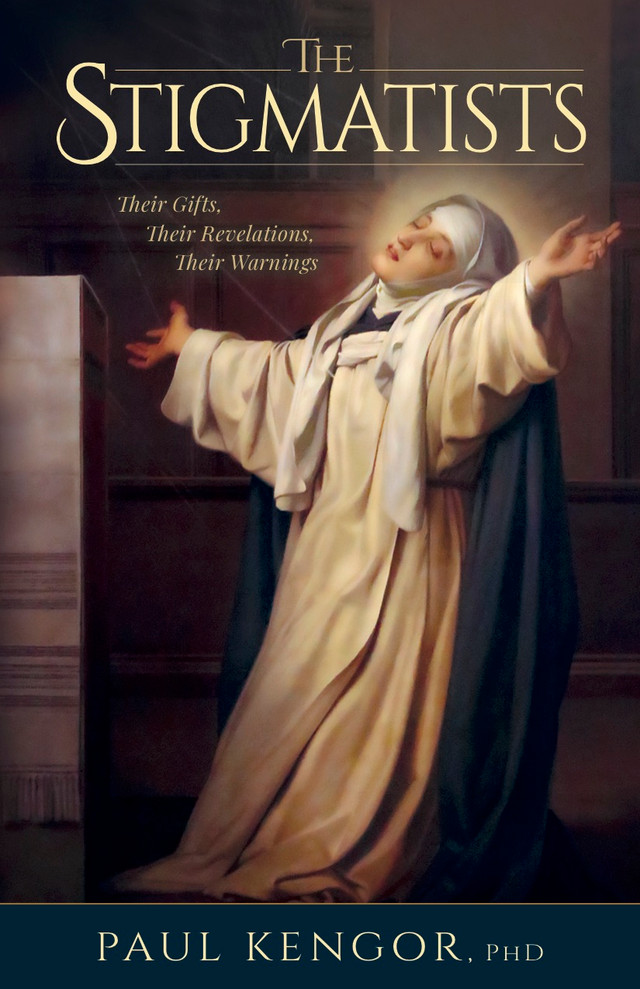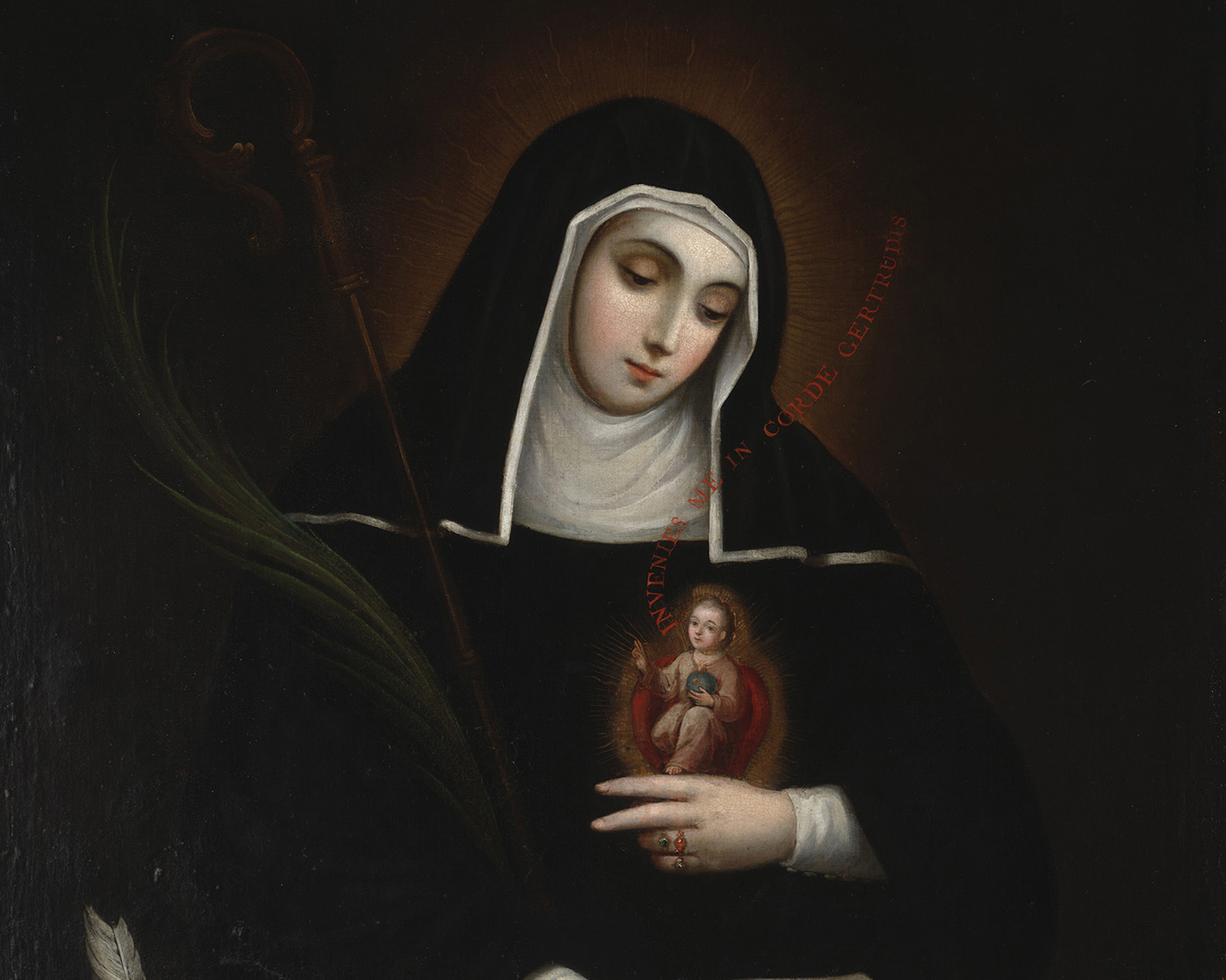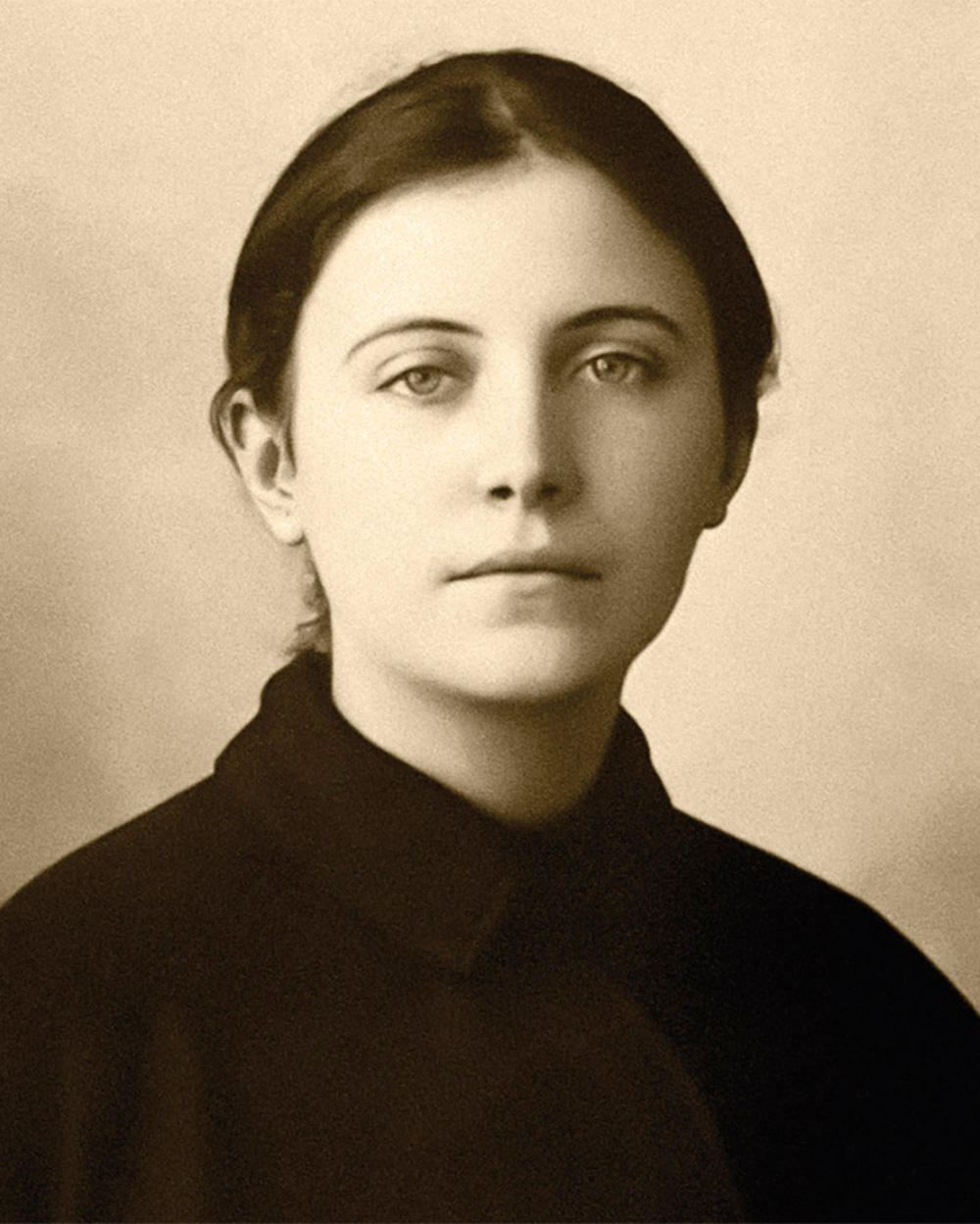The stigmatists, those holy men and women who share in Christ’s Wounds, have spoken to us in profound ways from the time of Christ to the Middle Ages to the end times. Paul Kengor’s new release, The Stigmatists, offers a thoughtful, faithful look at these stigmatists’ gifts, revelations, and warnings.
A Period of Trial
Among the stigmatists, there seems to be a period of trial and preparation by which the victim soul suffers physically and spiritually before receiving the marks. This might include hidden wounds at first, attacks by demons, the devil, or even persecution by clergy, high-ranking Church officials, and nuns who dismiss the stigmatists, accuse them of hypocrisy, fraud, or even worse. It seems almost like a test of their spiritual mettle, as if Christ is assessing whether they are ready to go still deeper in their shared suffering. God permits this trial period as a way of preparing them for what is to come.
Inedia
Inedia is the scientific term applied to persons able to live by eating little to almost nothing. This is different from anorexia. A number of stigmatists have subsisted on virtually no food at all, with one exception: the Eucharist. This inedia has been accompanied, especially in female stigmatists, by a desire to eat nothing but the Body and Blood of Christ in the Holy Eucharist. It becomes their Daily Bread. In some cases, the stigmatist vomits up any other form of nourishment. Incredibly, some stigmatists have lived on nothing but the Eucharist for decades.
We will see examples in the pages ahead, most notably with St. Catherine of Siena and Servant of God Therese Neumann. Other such reported stigmatists characterized by this phenomenon include St. Angela of Foligno (1248–1309), who was only recently canonized by Pope Francis, the French mystic Marie-Julie Jahenny (1850–1941), and the Belgian stigmatist Louise Lateau (1850–83), among still others.
Lack of Sleep
Also curious among many stigmatists is their ability to subsist without much sleep in spite of their intense physical and spiritual sufferings. Padre Pio lived with very little sleep, often despite long, continuous, arduous hours hearing confessions. Therese Neumann likewise carried on with little sleep, as did Sts. Catherine of Siena and Gemma Galgani. Amazingly, it is said that St. Catherine de Ricci slept for only about one hour each week.
Death at Age 33
Among the most intriguing characteristics among a number of stigmatists, though in no way a majority, is the striking fact that several—virtually all women—died at the age of thirty-three. Of course, that was also the age of Jesus Christ, whose wounds they bore, when He perished on the Cross. Dying at the age of thirty-three were the likes of Sts. Catherine of Siena and Faustina Kowalska, both profiled with chapters in this book, as well as Louise Lateau (1850–83), the Canadian-American Mary Rose Ferron (May 24, 1902–May 11, 1936), and Sr. Josefa Menendez (1890–1923).
Hidden Stigmata
A number of stigmatists suffered from invisible stigmata. Naturally, in our skeptical age, claims of hidden stigmata will incline many observers to doubt whether they really existed. Like St. Thomas at the side of the risen Christ, we want to be able to see the wounds ourselves.
Nonetheless, for whatever reason, certain suffering souls were given wounds that they alone could see and feel, perhaps to keep them humble and away from the sin of pride. And yet, in certain key cases, the already humble stigmatist pleaded with the Lord for the wounds to be kept invisible. These souls were anything but prideful or exhibitionists. Some of them were granted that wish only later (St. Gemma Galgani, for instance) after the wounds had been visible for a time. Others still had invisible wounds at first, which were later made visible for the purposes of others to see, according to the higher intentions of the Lord’s plan (we will see this with Bl. Anne Catherine Emmerich). The two most prominent cases of hidden stigmata were Sts. Catherine of Siena and Faustina Kowalska.
ooo
This article is taken from a chapter in The Stigmatists by Paul Kengor, PhD which is available from TAN Books.









